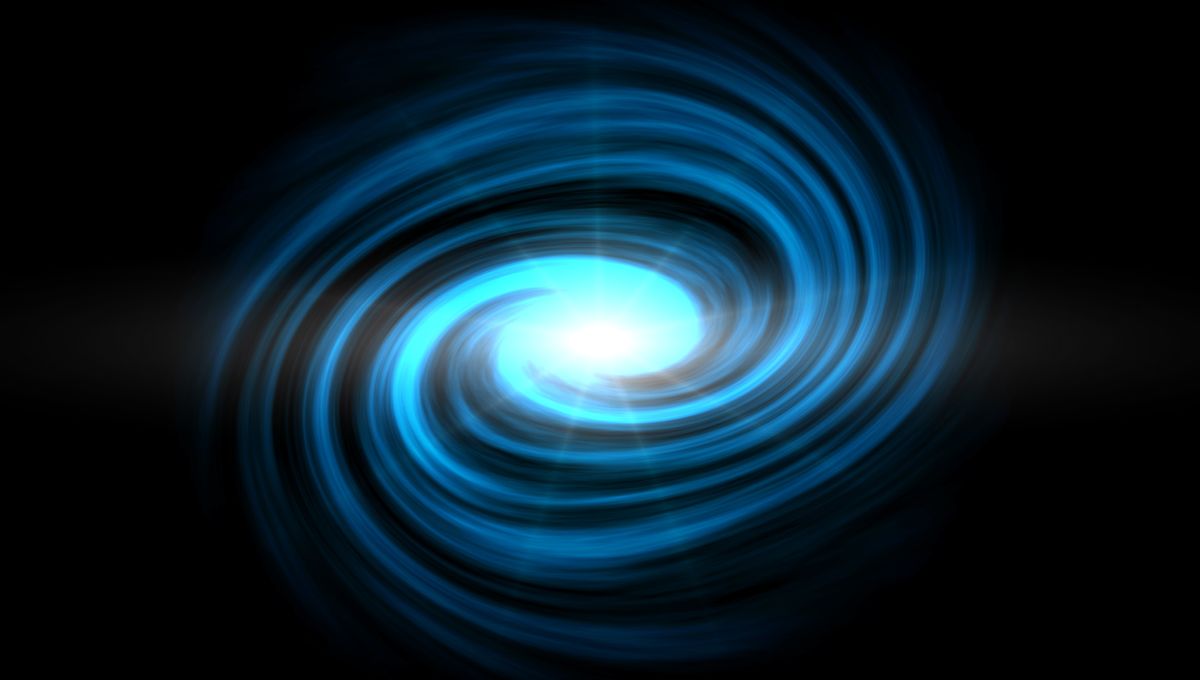
This article first appeared in Issue 18 of our digital magazine CURIOUS.
At the cutting edge of theoretical physics research, physicists are trying to reconcile quantum mechanics with general relativity – two of the most successful scientific theories ever put forward. They can describe so much of our universe, but they do not work well together. This becomes most obvious in extreme cases, such as explaining the Big Bang and black holes.
In those extremes, scientists are creating, testing, and discarding hypotheses about the nature of reality. Among them is physicist and author Carlo Rovelli, who looks at what happens inside black holes, and has discovered something interesting. As the material that makes a black hole tries to collapse into nothing, it reaches a point where it bounces back, creating a hypothetical object known as a “white hole”.
In Rovelli’s latest book, White Holes: Inside The Horizon, he translates the complex mathematics of their theories into a journey into a black hole (from which nothing can escape) through its evolution over an incredibly long time into a white hole (which nothing can enter). We spoke to Rovelli about what they might look like, whether we could approach one, and visible proof of the existence of these theoretical cosmic objects that function in the opposite way to black holes.
In popular media, white holes are seen as the very opposite of black holes: faucets to the black holes’ plugholes. But are they really like that?
Carlo Rovelli (CR): Yes, quite so. The actual full theory of black and white holes is a bit more detailed than just plugholes and faucets. It includes the full spacetime geometry and the dynamics of these spacetimes. But to a first approximation, this is not a bad picture.
In your book, you take readers on a journey into black holes to learn how white holes might come to be. Why is it important to imagine what physics is like in there?
CR: Because we always understand things by visualizing them. When scientists began understanding DNA, they immediately made a large-scale model of this molecule to “see” it. When we study a distant planet, we try to imagine what it looks like. Our brain is largely visual and we need imagination for intuiting connections and relations. If I asked you, what does it mean to say that the Earth is round? You would answer: imagine being on the Moon and looking at the Earth. You would see a ball so and so…
Does a white hole look different from a black hole?
CR: At a first impression, no. If you wait long enough you start seeing the difference: a white hole ends up emitting whatever is inside and disappearing. A black hole emits only a very peculiar form of thermal radiation, at a specific temperature, the “Hawking” temperature. In this way, it “evaporates”.
What happens to a black hole when it finishes evaporating?
CR: It turns into a white hole.
What would happen if we tried to approach a white hole/could we ever approach a white hole?
CR: You could approach it. Before falling inside, you would hit the matter that is coming out. The time it would take to get to this clash is going to be short for you, but long if seen from a distance.
Is there any visible proof that white holes exist?
CR: There is only a possible hint: perhaps the strange substance that the astronomers have observed in the sky which they call “dark matter” might be formed by many small white holes.
If white holes are small but massive and losing energy very slowly, could dark matter be made of white holes?
CR: Yes, absolutely. This is our hypothesis.
What astronomical observations would be needed to prove their existence?
CR: The best way to confirm the existence of these objects would be to detect one of them flying by here on Earth. There are scientists studying how an apparatus for the detection could work.
CURIOUS magazine is a digital magazine from IFLScience featuring interviews, experts, deep dives, fun facts, news, book excerpts, and much more. Issue 21 is out now.
Source Link: White Holes: Are They Black Holes' Destiny?